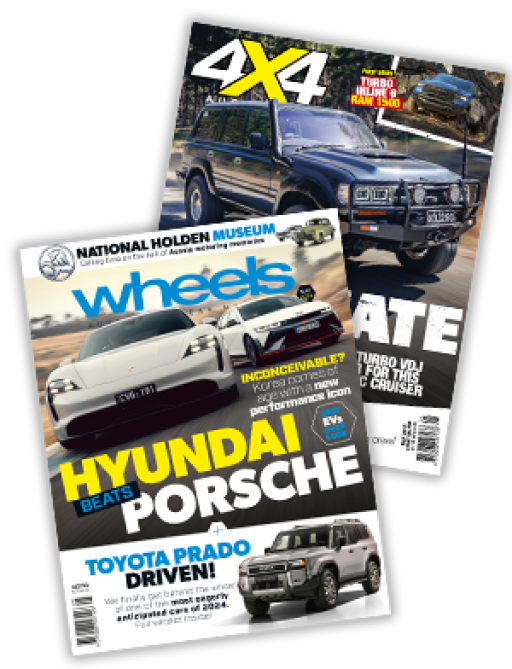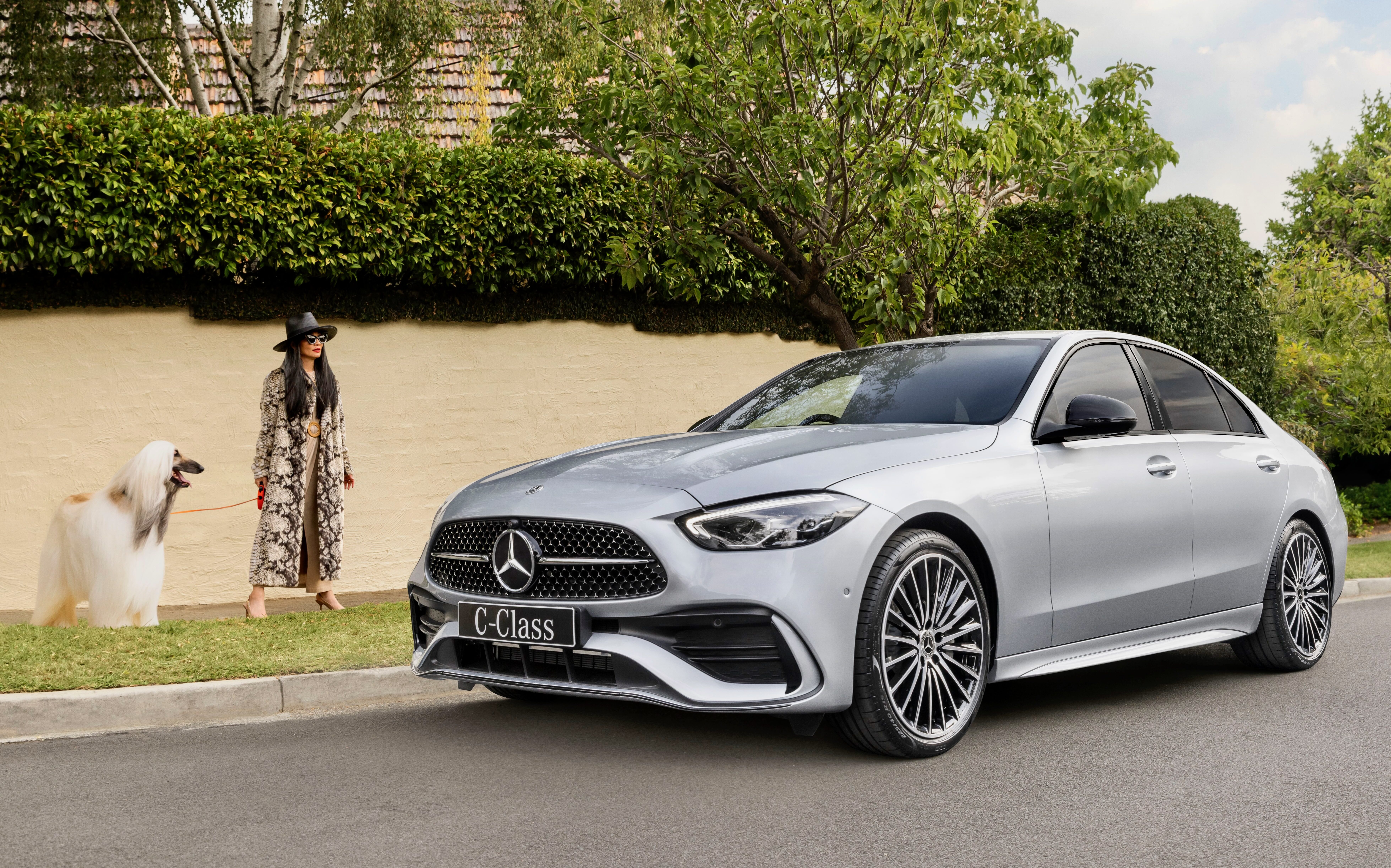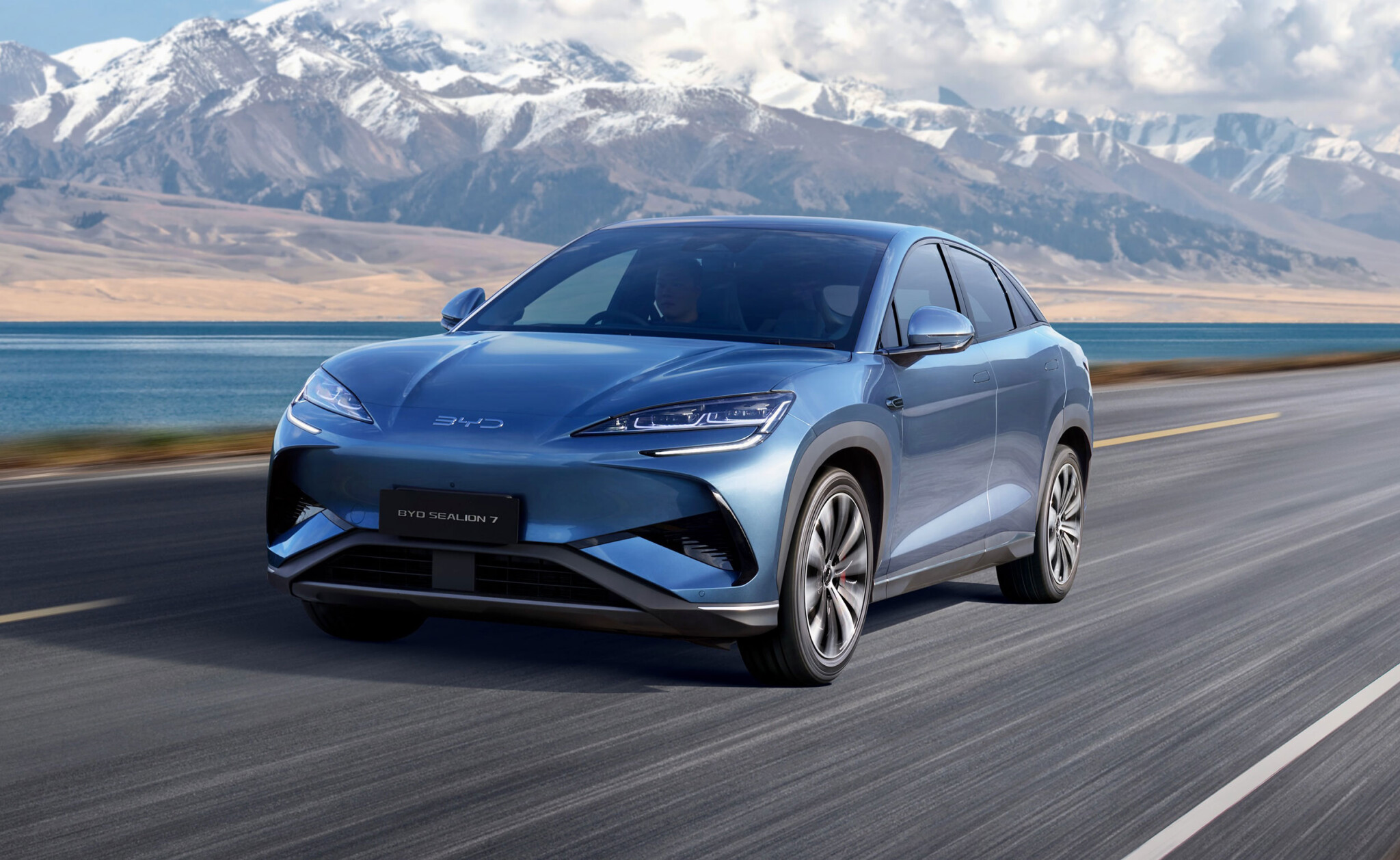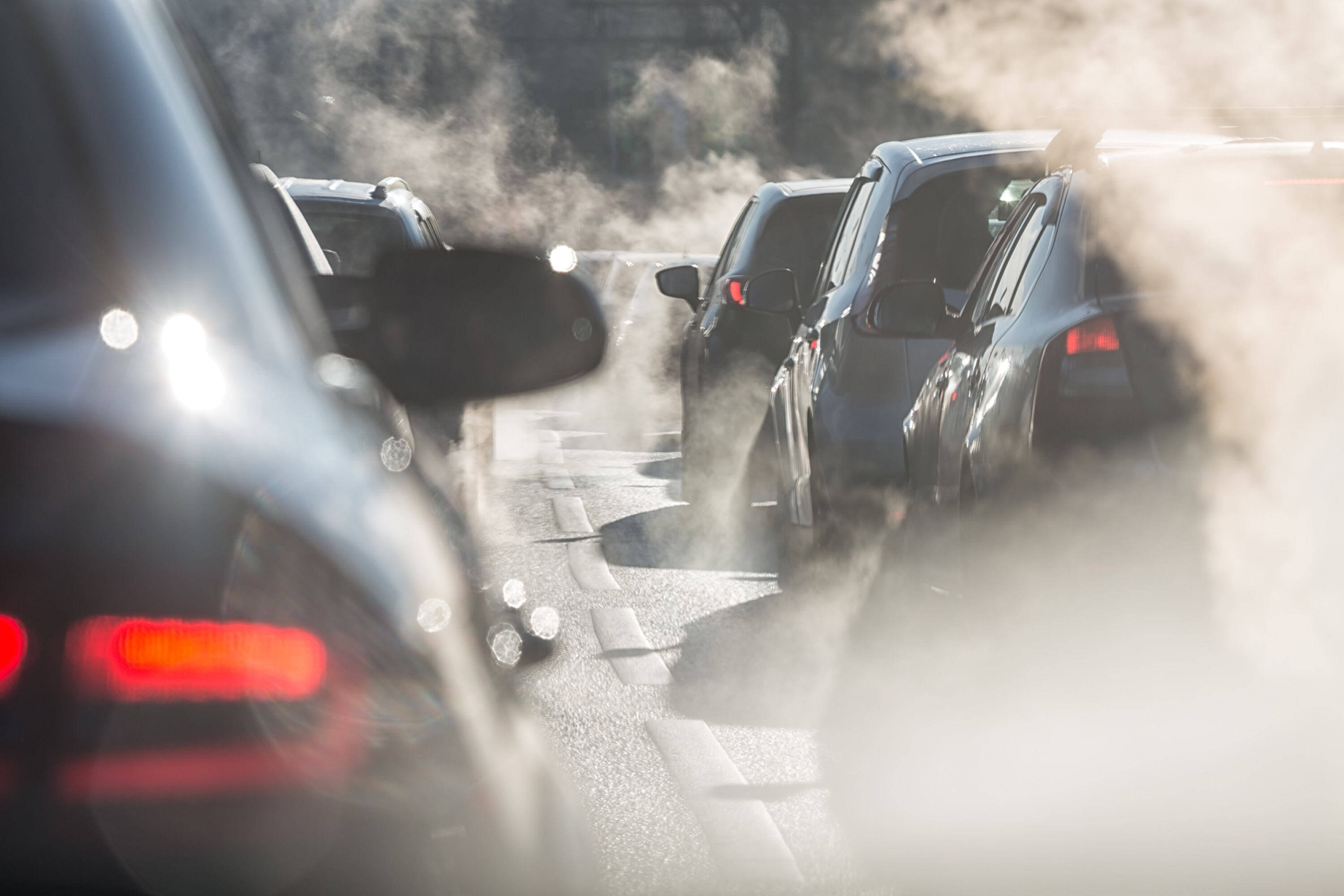
So you’re across the Federal Government’s New Vehicle Efficiency Standard (NVES) and the debate, how Australia is the only country in the developed world besides Russia without a fuel efficiency mandate, and how the final proposed legislation was ultimately watered down at the behest of Australia’s new vehicle importers.
But now that it’s set to be enshrined in law, how might the NVES change the local new-car market in real terms? Will the cars you know and love disappear? What might replace them?
From the outset, NVES as it stands will hit the local new-car market like a meteor.
The government has told new vehicle importers that by 2029, just five years from now, the combined annual emissions of their new vehicle fleets must not exceed 58g CO2/km for passenger cars and 110g CO2/km for light commercial vehicles, which include dual-cab utes. The targets will be gradually phased in from January 1, 2025.
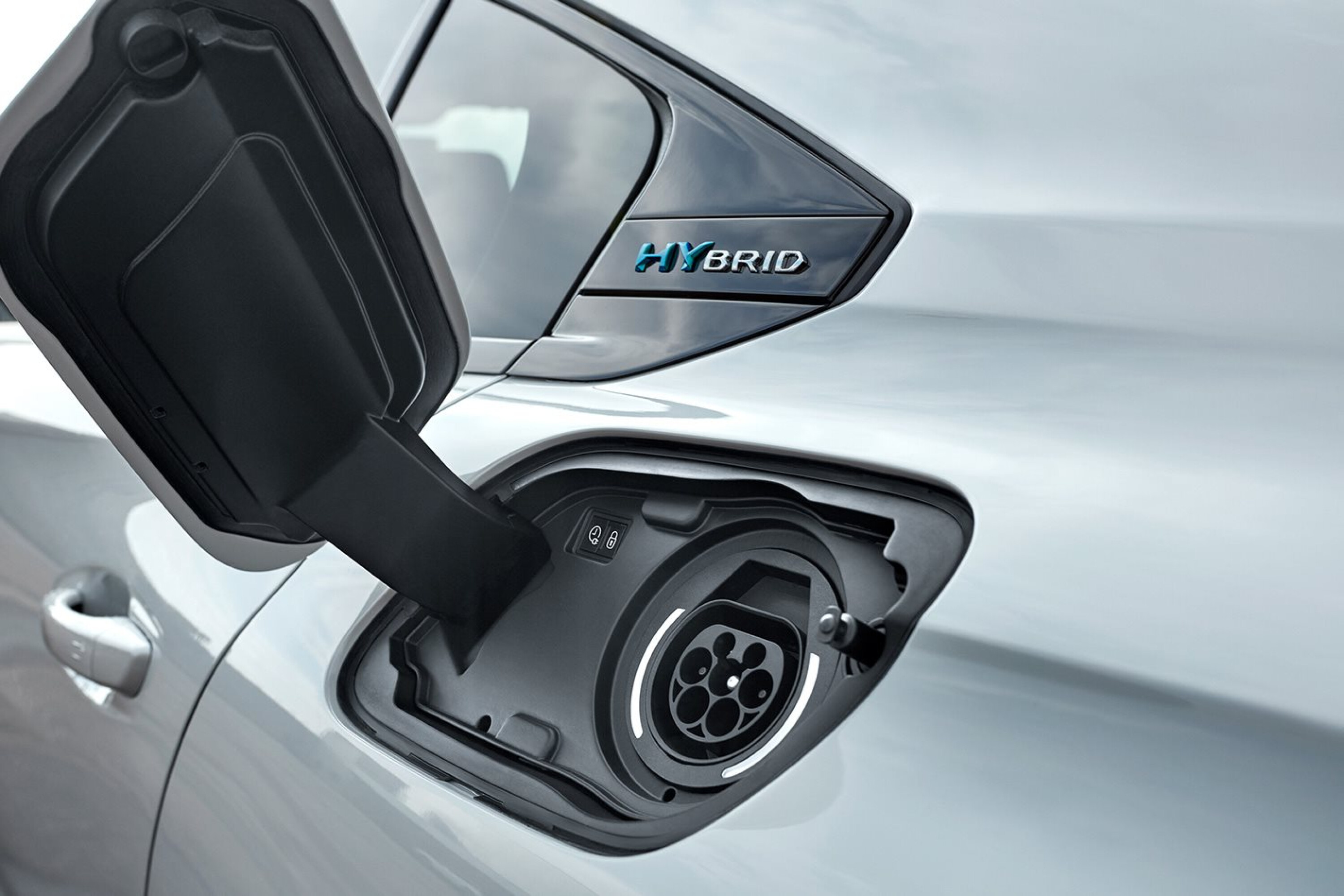
The financial penalties for breaching the caps are eye-watering.
To give a sense of the ambition, in its most efficient four-cylinder guise, the nation’s best-selling vehicle in 2023, the Ford Ranger, emits 189g of CO2/km. The number one selling passenger vehicle in Australia last year, the Toyota RAV4, in its most economical, hybrid two-wheel-drive iteration, produces about 107g/km.
By 2029, Ford and Toyota – and nearly all other importers – will need to figure out how to nearly halve the fuel consumption of vehicles like this. And bear in mind that the RAV4 Hybrid is one of the most efficient passenger SUVs you can currently buy.
The financial penalties for breaching the caps are eye-watering. If your car company falls 50g short of, say, the 117g CO2/km passenger car requirement in 2026, you will be obliged to pay $100 for each excess gram times the amount of models sold.
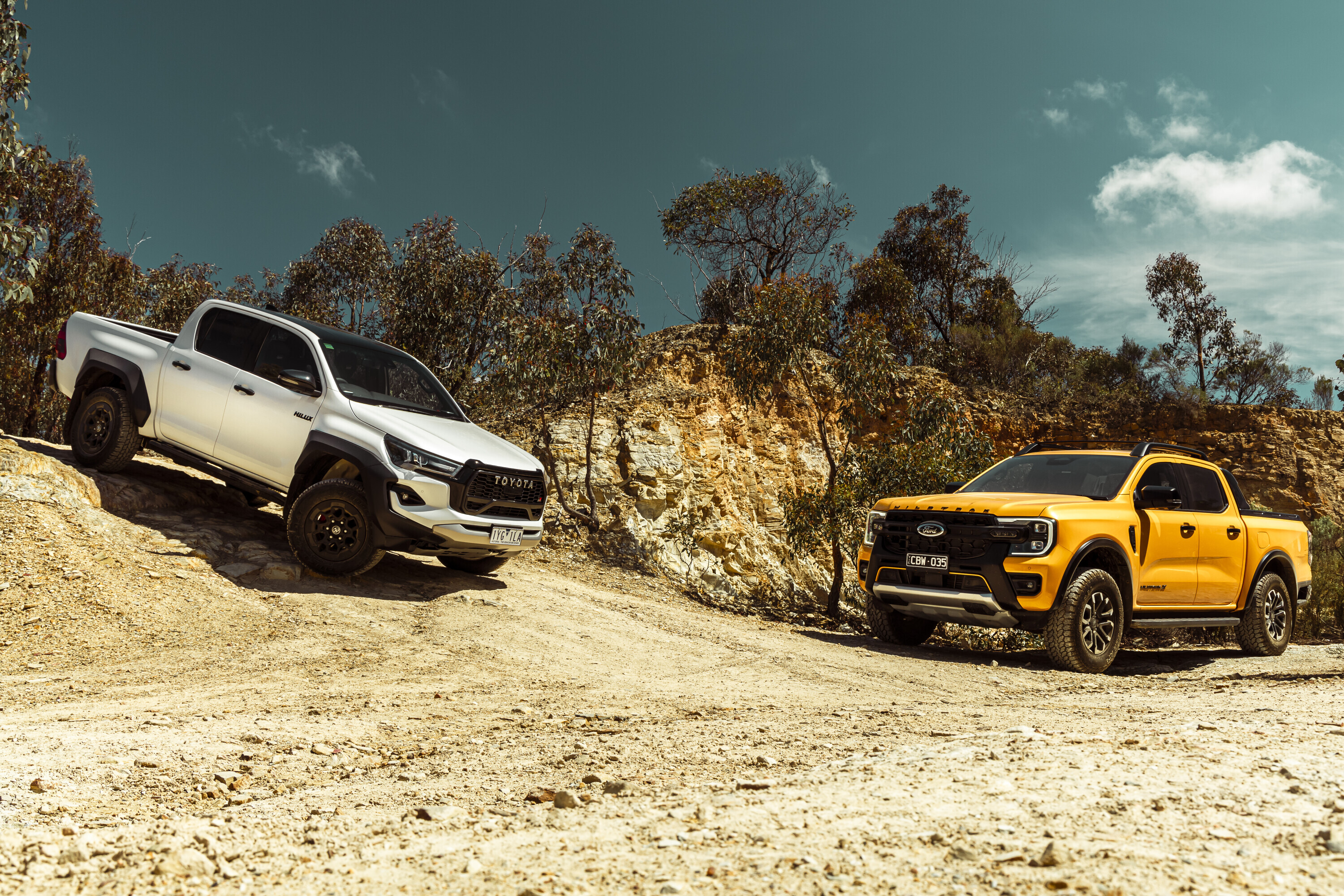
If that’s 30,000 cars, you will get a bill for $150 million. That is not chump change.
According to the Motor Trades Association of Australia, some of the importers facing “major changes, high difficulty” meeting the NVES target of 58g CO2/km for passenger vehicles by 2029 are Toyota, Mazda, Ford, Mitsubishi, Subaru, Honda and Nissan. The biggest players, in short.
Over the next five years, these brands will need to offer in Australia more electric vehicles, plug-in-hybrids, hybrids and more efficient internal combustion vehicles or get slogged with fines. They must decide whether to pass on those financial penalties to consumers, and by how much.
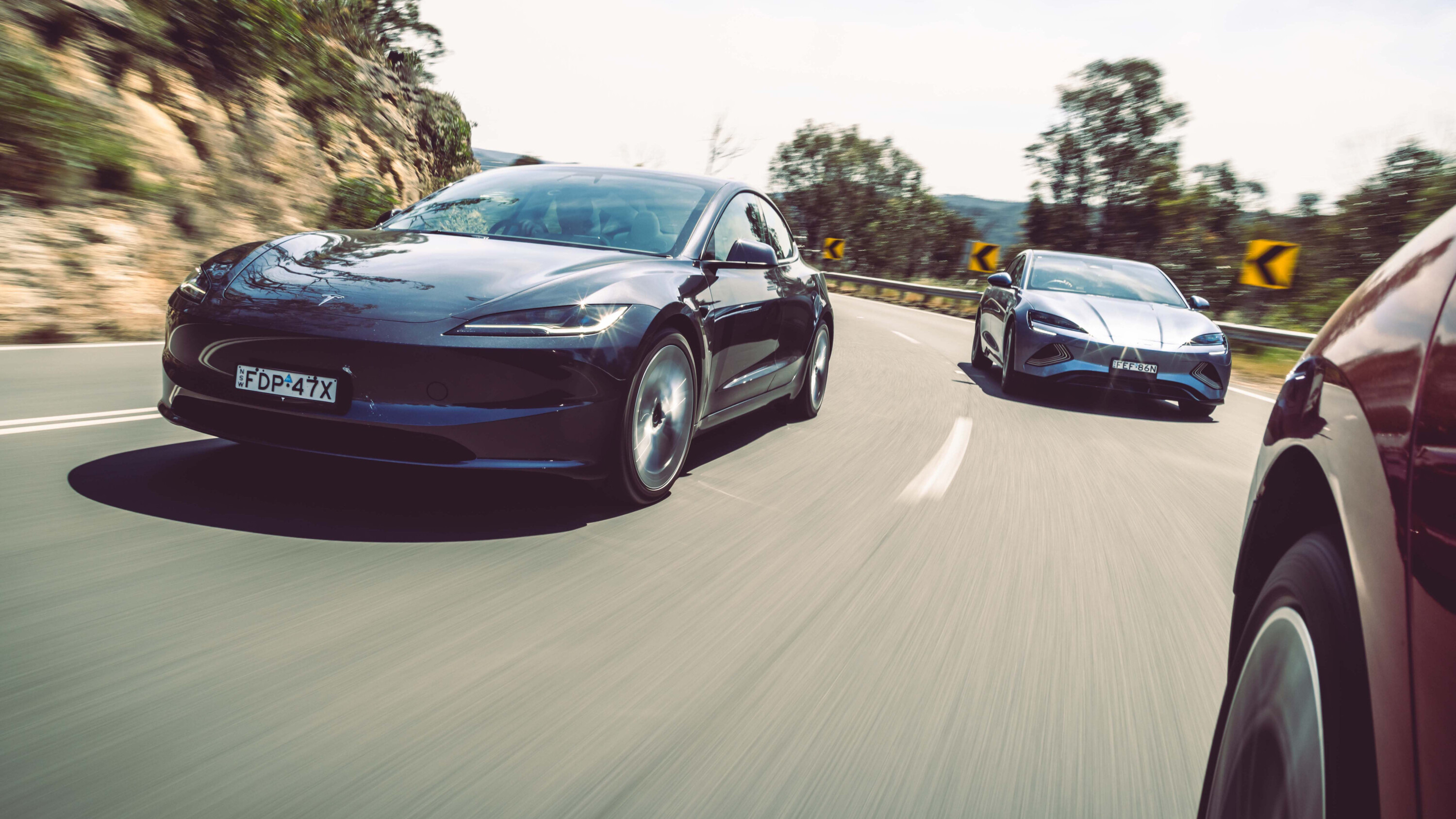
And while considering volumes and margins, they must consider dropping higher-emitting models or raising their prices as well. Or simply a combination of all those things.
Toyota, the brand that stands to be most heavily impacted, has said there are plug-in hybrids coming to Australia between now and 2030. A RAV4 plug-in hybrid is already available in places like the UK – where, not coincidentally, there has been a fuel efficiency standard since 2009.
The real shock to the system for some car companies is how quickly the new emissions rules come into force. “No-one is going to be able to turn anything on magically by the time it’s introduced,” an industry insider told Wheels. “Vehicle plans and emissions requirements are completed well in advance of things like this … it’s hard not to see how the price of most new cars will simply rise”.
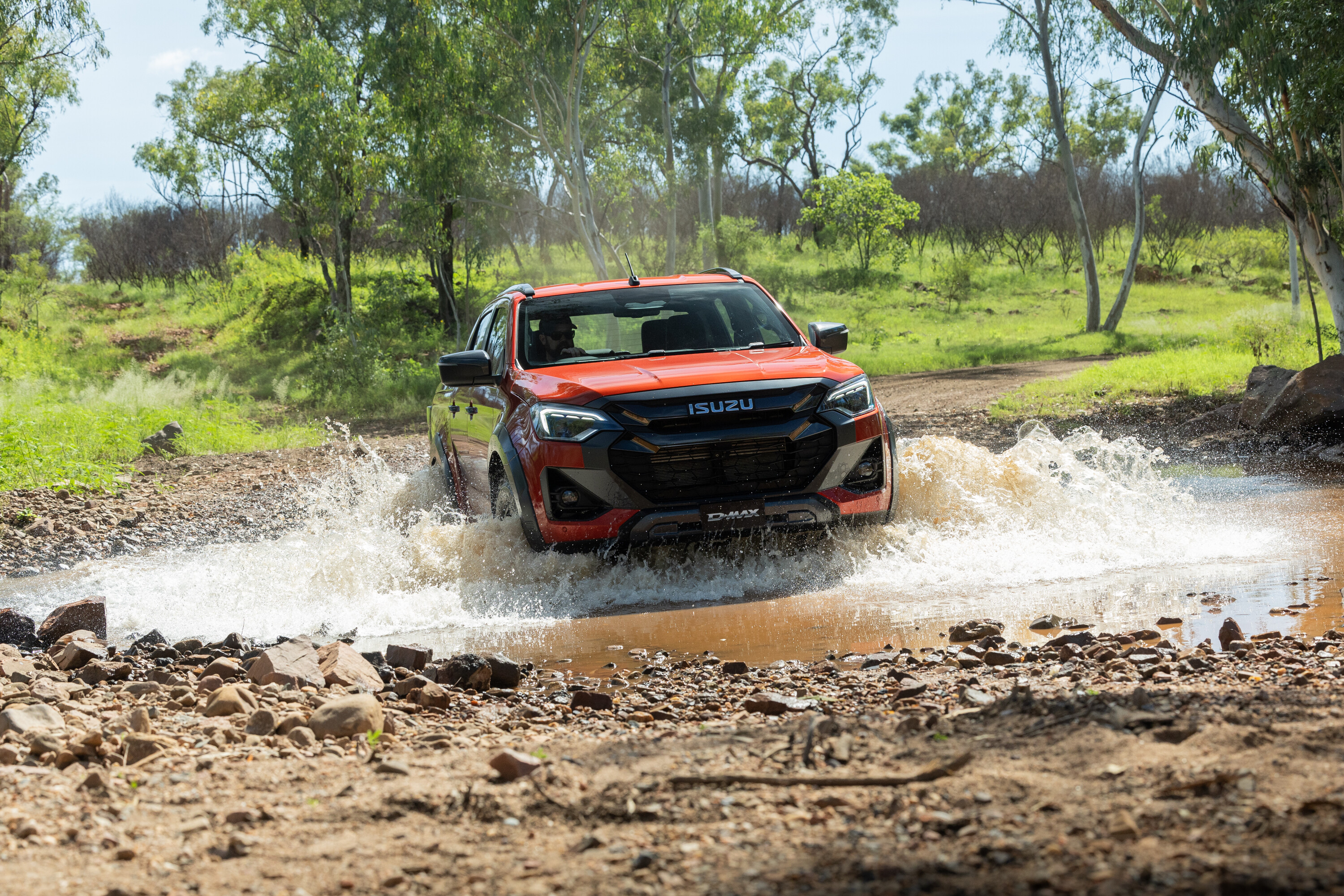
Brands like Isuzu and GMSV have some difficult decisions ahead.
Of course, there are winners too. They are the electric car makers and those with EV-rich product pipelines, such as Hyundai and Volkswagen. Brands such as Tesla and BYD will basically soon be paid not inconsequential figures by the government for coming under the mandated CO2/km limits.
Under a similar arrangement in the United States, Tesla added US$1.79b (A$2.7b) to its bottom line in 2023 alone.
Some pundits have dryly observed that the government has created a scheme to slowly discourage the purchasing of the nation’s most popular models as they are engineered today – diesel dual-cab utes and large SUVs – which are heavy, use a lot of fuel, and create a lot of emissions relative to normal cars.
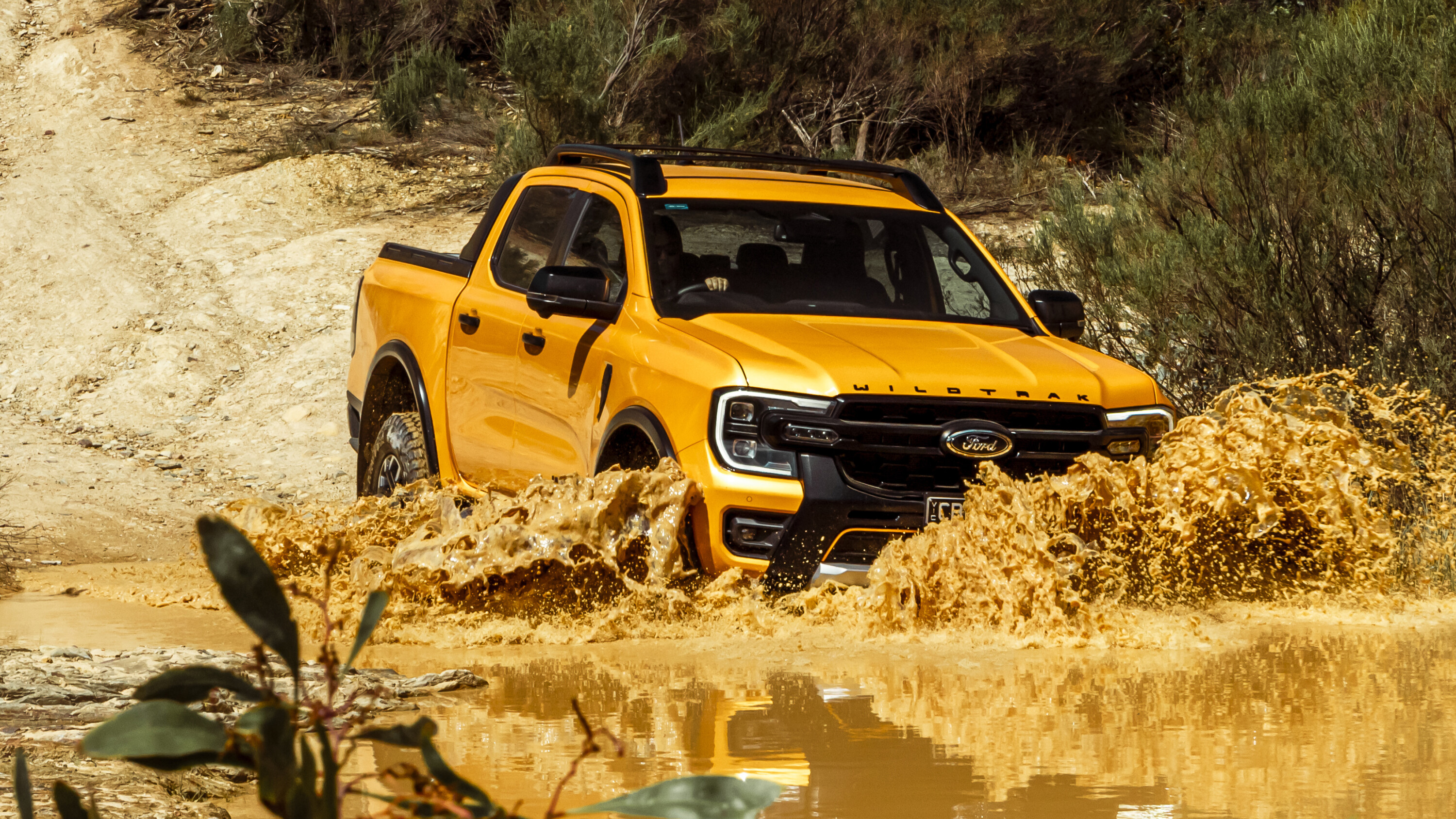
But they’re the same vehicles governments of both persuasions have spent the last two decades encouraging Australians to purchase with generous tax concessions.
Wheels understands lobbying continues for a low-volume concession that would exempt importers who sell fewer than 2500 vehicles. Without this, they would presumably simply pass on the sizeable penalties to their (wealthy) customers in the form of price rises. Think brands like Ferrari, Bentley and Lamborghini.
At the end of the day, NVES should theoretically mean less efficient vehicles will become more expensive, and more efficient vehicles less expensive – and the most efficient of all are, predictably, electric vehicles.
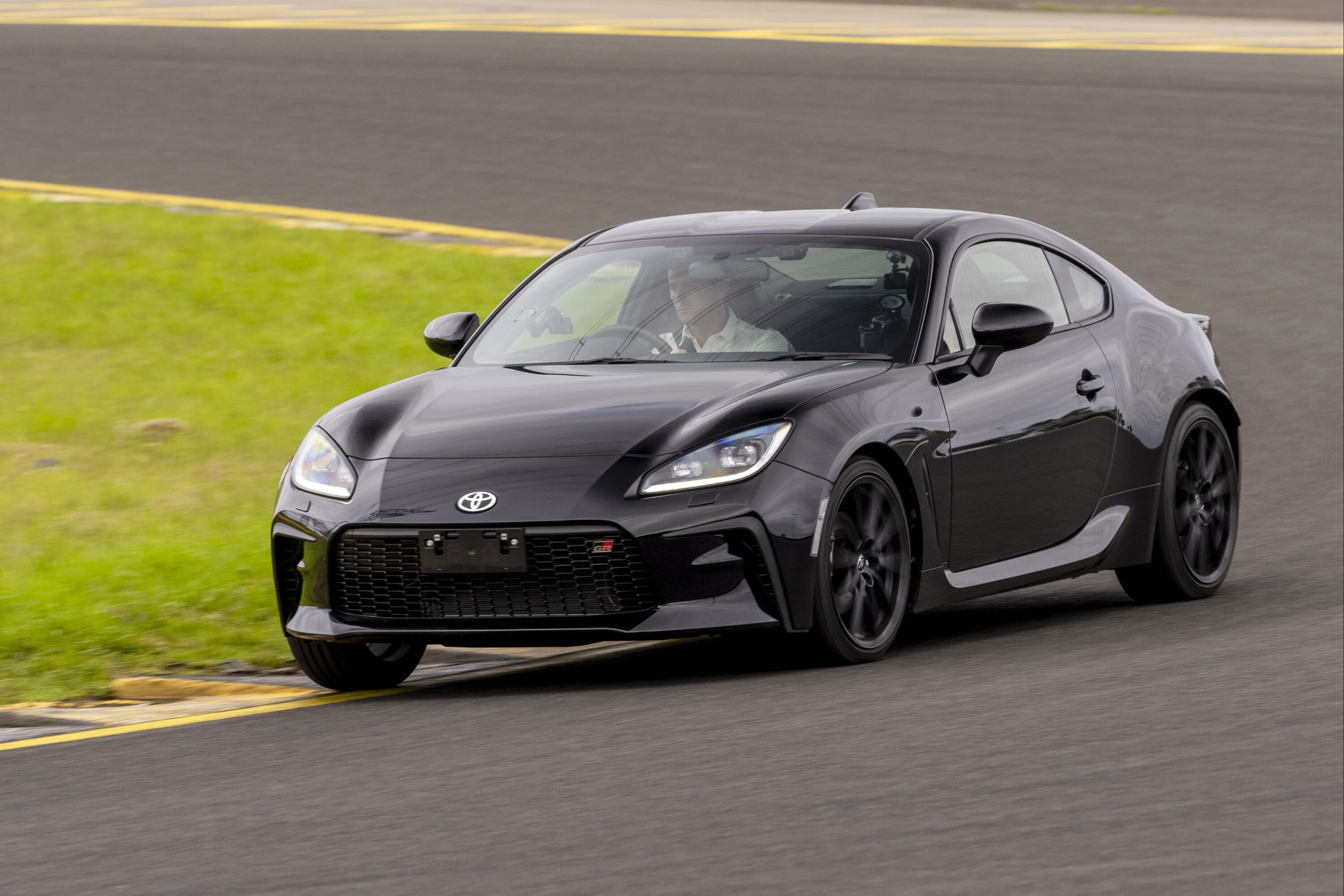
The internal combustion cars you love – whether that’s a turbo-diesel V6 Ford Ranger, a Mercedes-AMG A45 S, or a Toyota GR86 – are going to come under renewed pressure.
A car company will have to work harder to continue offering them (by improving efficiency elsewhere in their range), or simply raise their prices, or both.
Producing electric replacements supposes that they will appeal to owners of the former fossil-fuelled versions – and being powered by explosions has traditionally been a main appeal of performance models.
But certainly, one takeaway from NEVS is this: if you’ve ever wanted that V8 Mustang or a manual Toyota GR86, a Hyundai i30 N, BMW M2 or one of the countless other brilliant internal combustion sports cars available new now, best get yourself down to a showroom tomorrow.
